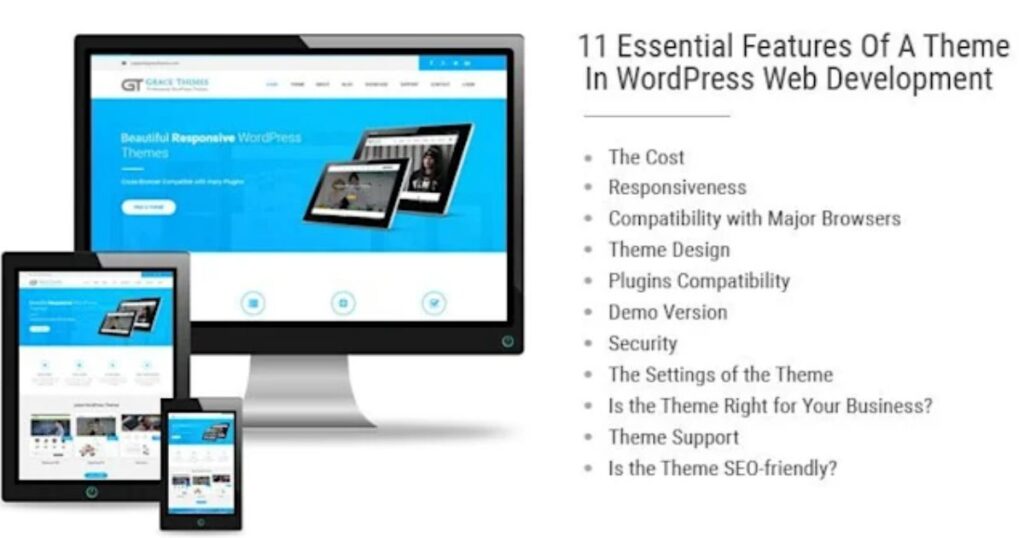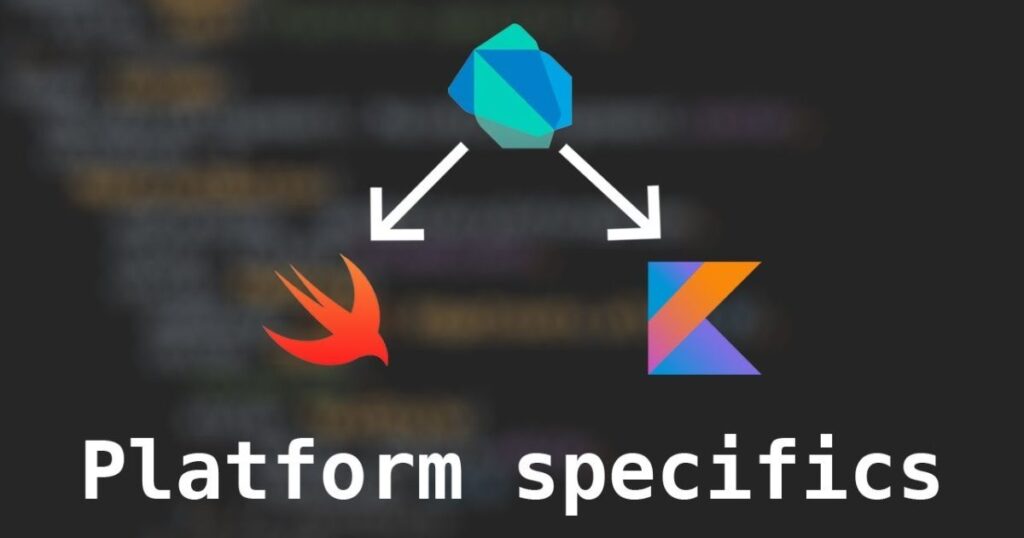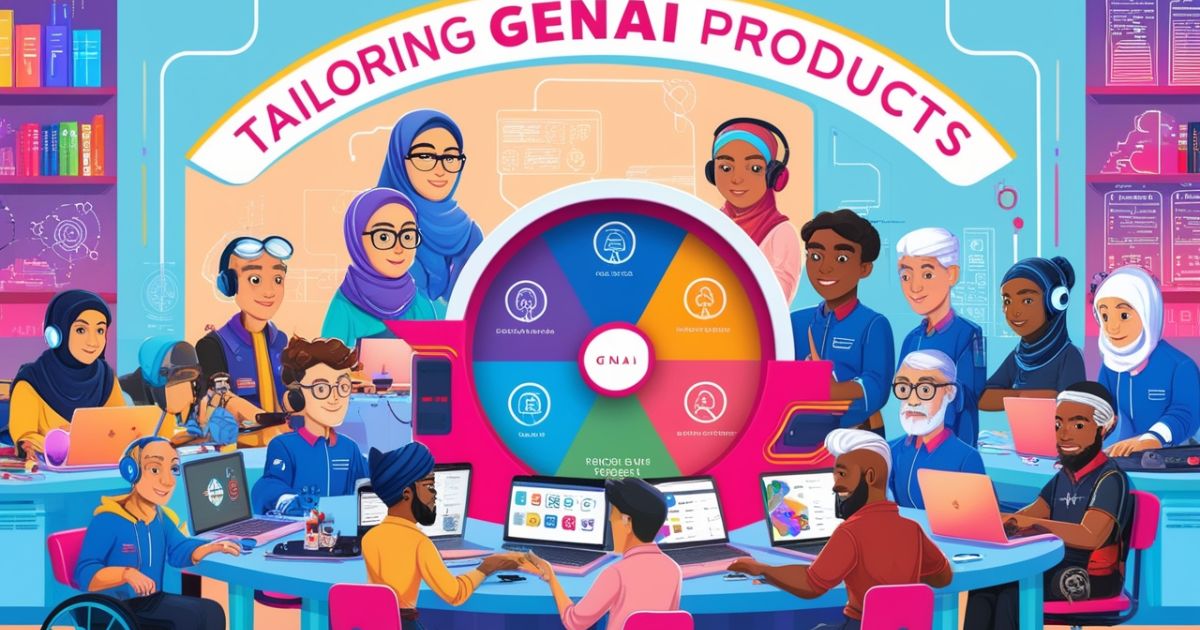In today’s rapidly evolving tech landscape, Generative AI has revolutionized how we approach mobile development. As we navigate through 2025, understanding how to tailor GenAI products for different mobile developer personas has become crucial for success in the digital realm.
Understanding Mobile Developer Personas
The landscape of mobile development has transformed dramatically. Today’s developer needs span across various expertise levels, from newcomers to seasoned professionals. A recent survey by DevTech Insights shows that 78% of mobile developers now incorporate some form of GenAI into their workflow.
When we look at developer personas, they typically fall into three main categories:
- Novice Developers: Fresh graduates or career-switchers learning the ropes
- Mid-Level Developers: Those with 2-5 years of practical experience
- Expert Developers: Seasoned professionals with deep technical knowledge
Each of these groups approaches mobile app development differently and requires specific tools and support systems.
Essential Features for Different Developer Levels

The success of GenAI products heavily depends on how well they cater to varying skill levels. Here’s a comprehensive breakdown of essential features:
For Novice Developers: “The key to supporting beginners is providing guided experiences while maintaining professional standards,” says Sarah Chen, Lead Developer at MobileTech Solutions.
For Mid-Level Developers: These professionals need tools that balance automation with control. They typically work with multiple mobile platforms and require flexible API integration options.
For Expert Developers: Advanced users demand sophisticated features and deep customization capabilities. They often work across complex frameworks and require robust platform compatibility.
Implementation Strategies
Successful implementation of GenAI tools requires a methodical approach. Consider this implementation framework:
| Phase | Tasks |
| Phase 1: Assessment | – Evaluate current development workflow- Identify integration points- Map team capabilities |
| Phase 2: Integration | – Deploy basic features- Establish monitoring systems- Train team members |
| Phase 3: Optimization | – Gather user feedback- Refine processes- Scale capabilities |
The Future of GenAI in Mobile Development
As we look ahead, artificial intelligence continues to reshape the development landscape. Major trends include:
- Enhanced code quality through AI-powered reviews
- Automated testing and deployment
- Intelligent user engagement analysis
- Predictive coding assistance
Measuring Success and Impact
Success in implementing GenAI products can be measured through various metrics:
| Metric Category | Key Indicators | Impact Level |
| Productivity | Code completion time | High |
| Quality | Bug reduction rate | Critical |
| Adoption | Daily active users | Medium |
| Efficiency | Resource utilization | High |
Platform-Specific Considerations

Different platforms require unique approaches:
For iOS development: Working within Apple’s ecosystem requires strict adherence to guidelines while maintaining flexibility in GenAI integration.
For Android development: Device fragmentation presents unique challenges that require robust testing and adaptation strategies.
For cross-platform development: Tools must maintain consistency while respecting platform-specific requirements.
Read This Post: The Neobank Dave 71M FTX Venturespaula Pereiracointelegraph Analysis
Security and Compliance
In the realm of mobile development, security isn’t optional. Modern GenAI products must incorporate robust security features while maintaining usability.
A comprehensive security framework includes:
| Security Layer | Implementation | Purpose |
| Data Protection | Encryption | Safeguard sensitive information |
| Access Control | Authentication methods | Verify user identity |
| API Security | Secure API integration | Protect data in transit |
| Compliance | Regulatory adherence | Meet industry standards |
“Security in GenAI must be proactive, not reactive,” notes James Wilson, Chief Security Officer at MobileSecure Technologies.
Community Engagement and Support
Successful GenAI product adoption relies heavily on strong community engagement. Effective knowledge sharing happens through:
- Developer Forums: Creating spaces for peer-to-peer assistance
- Regular Webinars: Showcasing advanced features and use cases
- Code Repositories: Sharing reusable components and examples
- Support channels: Providing multi-tiered assistance
Documentation and Resources
Comprehensive documentation serves as the backbone of successful GenAI implementation. Consider these essential components:
“Well-structured documentation can reduce onboarding time by 60%,” reports DevOps Quarterly Review.
The documentation framework should include:
- Getting Started Guides
- Advanced Implementation Examples
- API References
- Troubleshooting Guides
- Best Practices
Analytics and Performance
Understanding usage patterns and measuring implementation success requires sophisticated performance analytics. Key areas to monitor include:
- Code Generation Accuracy
- Response Time Metrics
- Resource Utilization
- User Interaction Patterns
Frequently Asked Questions About Tailoring GenAI
How do GenAI products support different developer skill levels?
GenAI products adapt to various technical expertise levels through customizable interfaces and scalable feature sets. Advanced developers can access deep API integration options, while beginners benefit from guided workflows.
What security features are essential for mobile developers?
Essential security protocol elements include end-to-end encryption, robust authentication methods, and secure API integration. Regular security audits ensure ongoing protection.
How does cross-platform development affect GenAI product design?
Cross-platform development requires careful consideration of platform compatibility and framework support. GenAI tools must maintain consistency while respecting platform-specific requirements.
Quick Tips for Different Developer Personas
For Maximum Effectiveness:
- Novice Developers: Start with basic features and gradually explore advanced capabilities.
- Intermediate Developers: Focus on optimizing workflows and exploring customization options.
- Expert Developers: Leverage advanced API integration and contribute to community engagement.
Conclusion
The future of mobile development lies in effectively tailoring GenAI products to diverse developer needs. Success depends on understanding various developer personas, implementing robust security features, and maintaining strong community support.
As we move forward, the focus should remain on enhancing developer productivity while ensuring seamless integration capabilities. The key is to maintain flexibility while providing structured support for all skill levels.
[Call to Action] Ready to transform your mobile development workflow with GenAI? Start by assessing your team’s needs and exploring the features that best match your development goals.

Beau Alexander is an experienced administrator known for his exceptional organizational skills and keen attention to detail. With a strong background in team leadership and project management, Beau excels at streamlining operations and enhancing productivity. His proactive approach ensures efficient problem-solving and seamless coordination across departments. Beau’s personable nature and excellent communication skills make him adept at building strong relationships with both colleagues and stakeholders. Dedicated to fostering a positive work environment, he consistently drives initiatives that promote growth and innovation.








